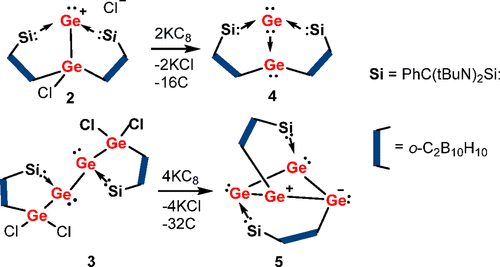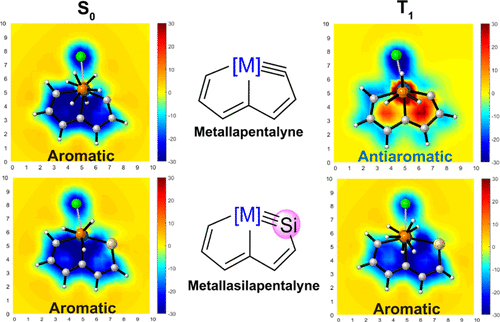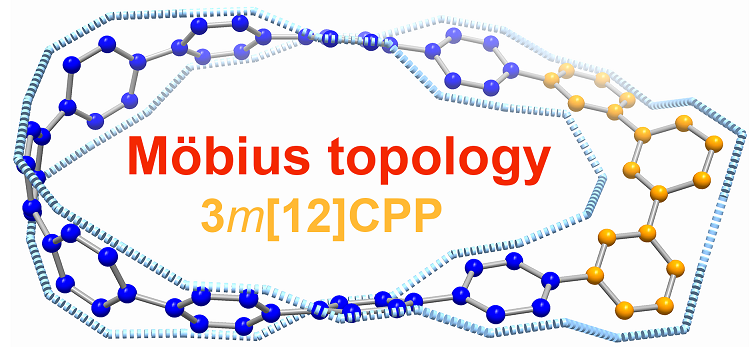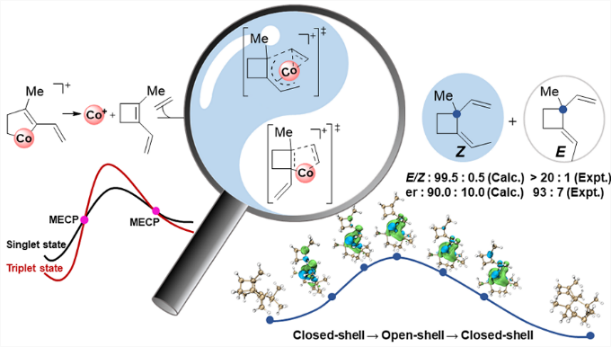New Types of Ge2 and Ge4 Assemblies Stabilized by a Carbanionic Dicarborandiyl-Silylene Ligand
Submitted by Jun Zhu on Sun, 04/25/2021 - 14:43
The first Ge(0)–Ge(II) germylone–germylene-paired Ge2 complex (LSi)2Ge2 (4) and the molecular Ge4 cluster (LSi)2Ge4 (5) supported by the chelating carbanionic ortho-C,C′-dicarborandiyl-silylene ligand LSi [L = C,C′-C2B10H10, Si = PhC(tBuN)2Si] have been synthesized and isolated via reduction of the corresponding precursors chlorogermyl-germyliumylidene chloride (2), [(LSi)2Ge(Cl)Ge]+Cl–, and (LSi








